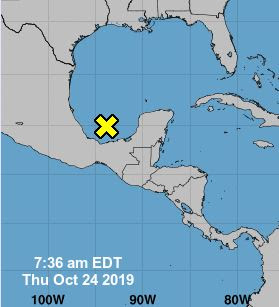Written by the Treasureguide for the exclusive use of treasurebeachesreport.blogspot.com.
 |
| Source: BBC.com (See link below.) |
The group of 453 artefacts found in Havering, east London, is the third largest ever discovered in the UK...
The find, which dates from between 800BC and 900BC, was officially declared treasure by a coroner earlier this year.
The discovery, dubbed the Havering Hoard, was uncovered last September, and will form the centrepiece of a major exhibition from April.
Archaeologists believed the manner in which the weapons had been so carefully buried in groups close together suggested the site could have been a metal workers' former vault or an armoury recycling bank or exchange...
Here is the link for the rest of the article.
---
 |
Wood Found by DJ Sunday
Find and photo by DJ
|
Interesting.
--- I've mentioned recently about finding a wheat penny in change received at a Walmart a couple days ago. I was surprised to get another wheat penny in change just yesterday at a store about 20 miles away from the Walmart. That is two wheats in my last two shopping trips. Pretty unusual. Below are the two wheats I received in change. The one most recently received is on the right.
 |
| Two Wheat Pennies Recently Received in Change. |
Since that was done five years ago the odds might have changed some.
Anyhow the odds of finding a wheat cent in circulation, according to the experiment, is 5 in 2400 or 1 in 480 pennies. Canadian cents were more likely than the wheat cents at a that time. I understand that Canada no longer mints pennies.
Here is the link to that article. http://mattbussey.com/how-many-pre-1982-copper-pennies-are-still-in-circulation/ Here is an article about cleaning coins. Among other things, it tells how to tell if a coin has been cleaned, which they say should almost never be done.
Here is how they say you can tell if a coin has been cleaned.
A cleaned coin will have a dull, bright look – one that on a well-circulated coin would seem unnatural.
Old pennies that have been worn should not look bright orange and have flashy surfaces. Old, worn pennies should be medium to dark brown in color and have virtually no reflectivity on the surface at all.
Old silver coins will look grey in color with darker patination around the devices, such as the lettering, date, and main design elements. A flashy, white silver coin that has clearly been worn is a clear giveaway that it has been cleaned.
Uncirculated or about uncirculated coins should have lustrous surfaces and radiating lines that reflect shimmers of light in a cartwheel pattern as the coin is turned or rotated.
Older coins that have been cleaned in the past may show evidence of a past cleaning in a few key ways:
Crud around design elements and lettering
Evidence of heavy, dark toning on some parts of the coin but not on others
Dull appearance in the fields
Here are a few occasions when they say it might be advisable to clean a coin.
(1) The coin has ugly and potentially damaging green polyvinylchloride (PVC) goo from an old plastic coin holder.
(2) The coin has loose dirt and debris on it.
Here is that link.
https://coins.thefuntimesguide.com/cleaned-coins/ ---
 |
| Source: nhc.noaa.gov |
 |
| Source: MagicSeaWeed.com |